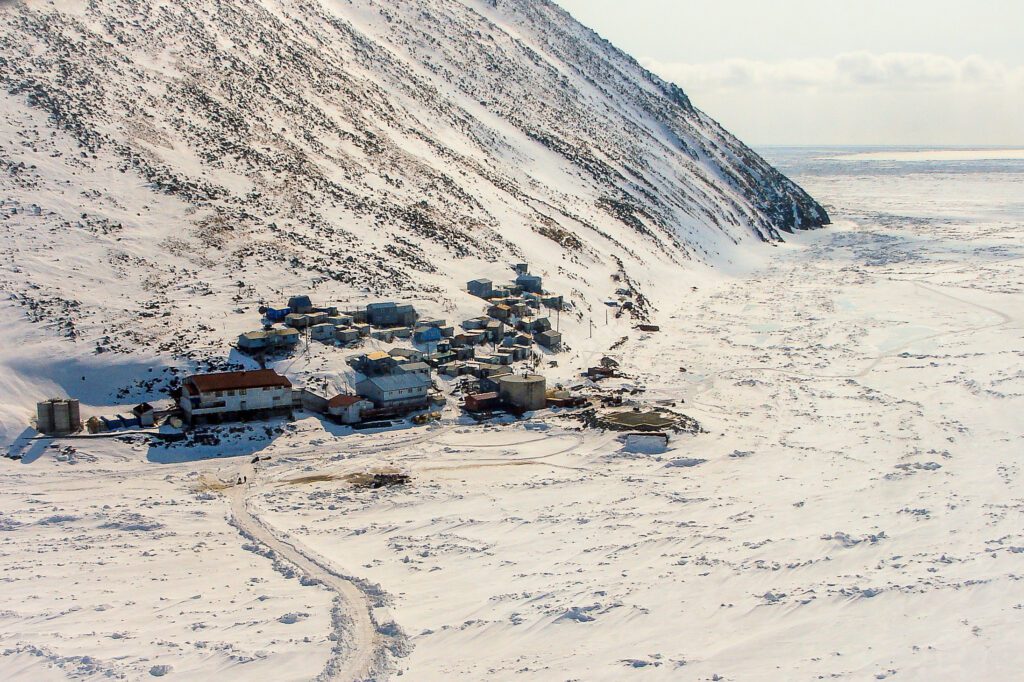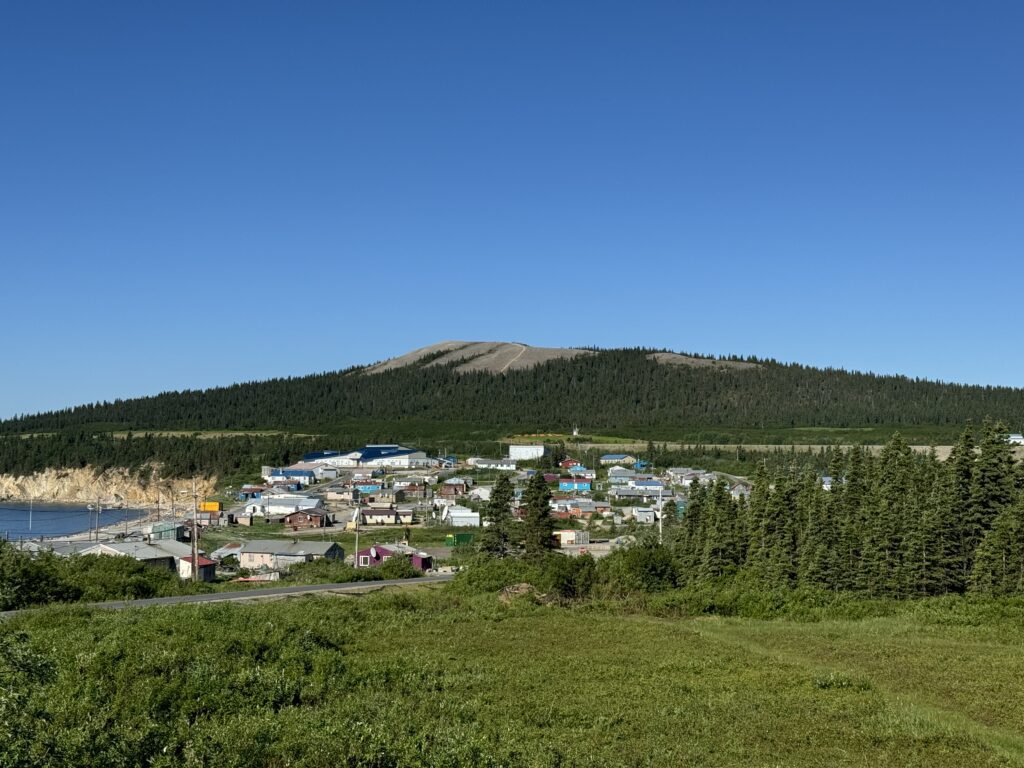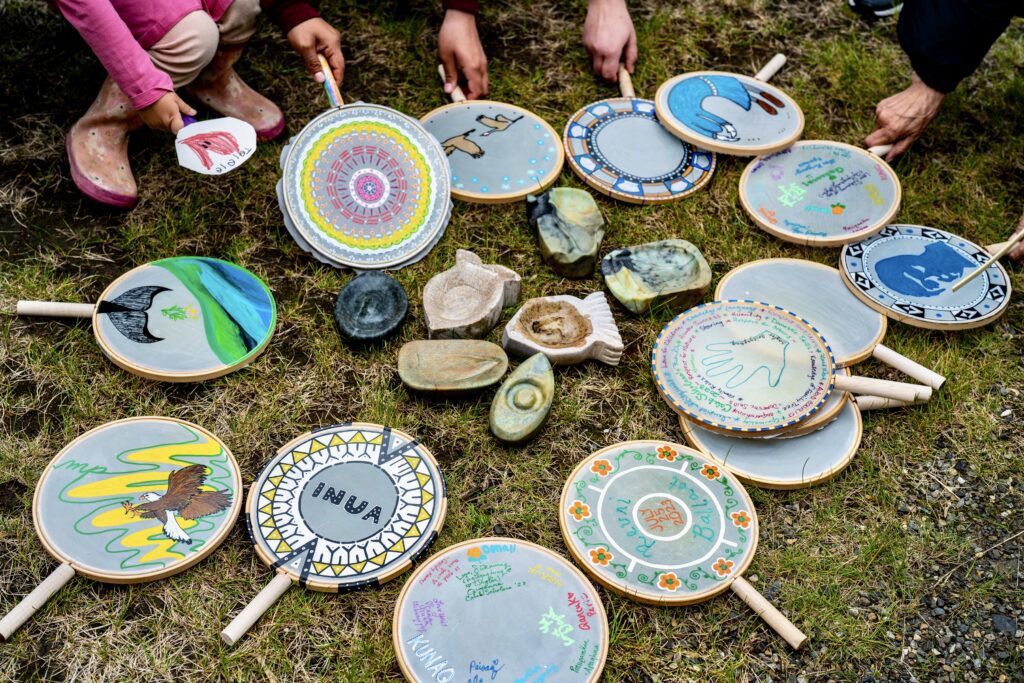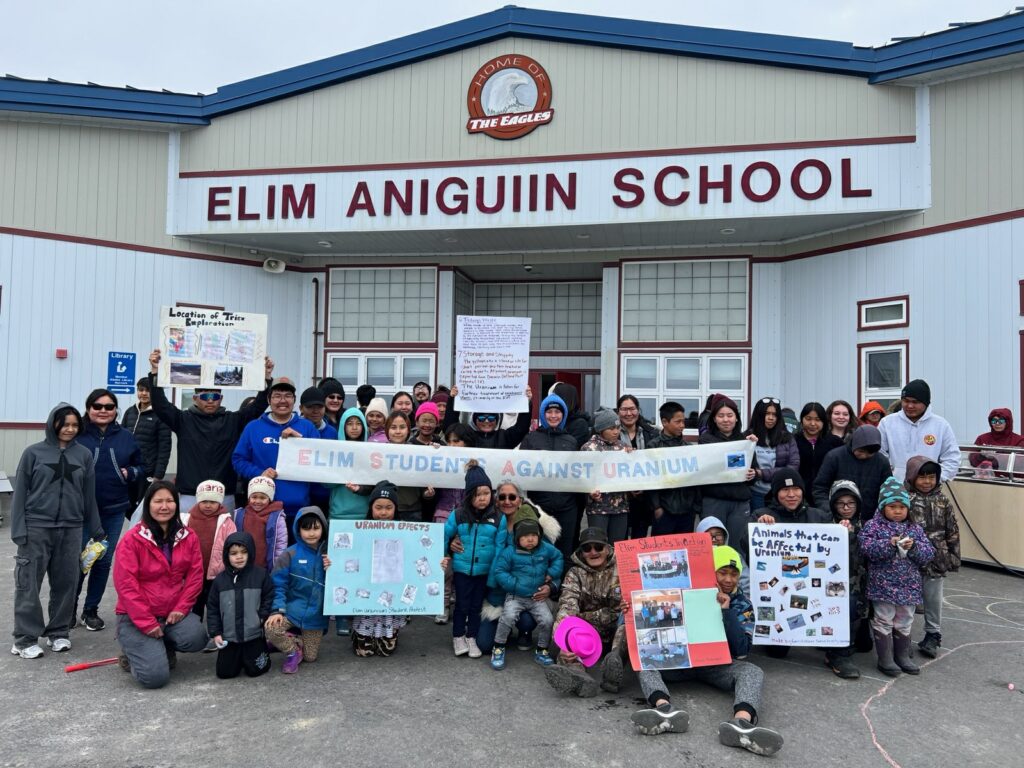The Bering Strait School District’s Board of Education met in Elim and Koyuk yesterday. They approved general action items such as last year’s audit and next year’s calendar, but their day focused far more on student growth and teacher retention.
This first half of the meeting, which took place in Elim, was all about grants that would aid in those efforts. Carolyn Heflin, director of curriculum and instruction for BSSD, presented them to the board.
The first was the REACH Up grant, which stands for Raising Educational Achievement through Cultural Heritage. The funds from that grant will help pay for scientific materials to teach the basics of climate change and green energy to K-12 students.
BSSD also received a rural development grant from the USDA. Those funds will improve district technology and update video conferencing equipment. The final grant Heflin presented was the Sustaining Indigenous Local Arts and Teaching grant, known as SILKAT.
“The SILKAT grant is really exciting because it ties into the growing our own teachers initiative that we’re working on with Nome and with regional partners,” Heflin explained.
The grant will help pay for college credit for 12 teacher aids in the district. Although BSSD was already paying for college credits, that money was coming out of the district’s general fund.
And the SILKAT grant isn’t just a one-time thing. Heflin said BSSD will continuously reapply for it every two years. She added that investing in local teacher aids will reduce the need to bring in aids from the outside.
“That way, we have the culture and knowledge automatically infused in our education and our kids’ education instead of constantly having to assist teachers from the lower-48 to become familiar with that knowledge because we think that’s very important,” Heflin explained.
The emphasis on homegrown teachers naturally carried over to the board’s second half of the day in Koyuk. Mary Huntington, originally from Shishmaref, is Koyuk’s principal, and is known throughout the region as an outstanding homegrown educator. She was even the focus of one of the few public comments, which came from community member Kimberly Booth. Booth thanked Huntington for her service so far, calling her a blessing for Koyuk.
“You’ve been doing so totally awesome with our students,” Booth said. “You know, interacting with our community is a big thing for us. So to see principals and teachers interact with the community, it really shows a lot that she cares.”
Huntington was recognized a second time at the meeting, during the report on the 2015 Norton Sound Education Summit. She was the keynote speaker for the summit, which focused not only on homegrown teachers, but also on early childhood education, cultural relevancy, and post-high-school preparation.
Rounding out the day were reports on the AMP tests, youth leadership, and an update from superintendent Bobby Bolen. Bolen is trying to designate a week at ANSEP, the Alaska Native Science and Engineering Program in Anchorage, solely for BSSD students.
“Right now, certain districts in the state, about 8 of them, have their own week at ANSEP,” Bolen explained. “The rest of the students from around the state compete against each other, so you have like 43, 44 other districts competing for the same 30 spots,” he said.
The school board will revisit the option for a Bering Strait ANSEP week and other ongoing education efforts at their next meeting in Brevig Mission and Teller on April 26.
While it’s become standard practice to split school board meetings between two communities, one final issue raised was how rushed many board members felt splitting time in two places. The board will reconsider this strategy, potentially limiting their meetings to just one community in the future.







